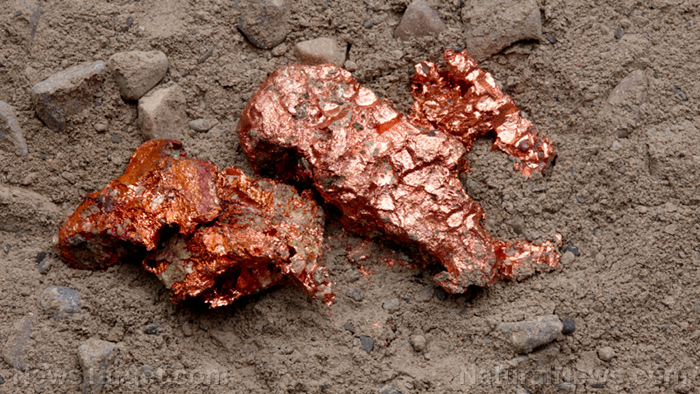
The spent shells of chicken eggs might go from unwanted biowaste to a cheap, renewable, and valuable alternative material to metals in lithium-ion batteries. A German-led study reports that powdered chicken eggshells successfully store large amounts of electrical energy.
Led by researchers from Karlsruhe Institute of Technology (KIT), the international team tested eggshells as a sustainable source of material for energy storage systems. They discovered that the powdered shells can be affordable and effective capacitors in lithium-ion batteries.
They published their findings in the science journal Dalton Transactions of the Royal Society of Chemistry. Their discovery might help reduce the staggering amount of global food waste produced every year.
Poultry farms produce enormous numbers of chicken eggs every year. In addition to getting consumed as food, the eggs are sent to pharmaceutical companies and manufacturing industries to serve as raw materials for various products.
Both consumers and industries only use the edible parts of the egg. They consider the inedible eggshell useless. The shells are thrown away and end up as biowaste in landfills.
The eggshell itself possesses interesting chemical and structural properties. It is made up of composite material – the fiber membrane contains plenty of protein and calcium carbonate (CaCO3), which proved invaluable in the experiment. (Related: SHOCK: Americans waste around 150,000 tons of food every day.)
Calcium carbonate in chicken eggshells can store lots of energy
“Surprisingly, there are constantly new examples in which natural substances are found to be suited well or even very well for producing materials for electrochemical storage systems,” explained Helmholtz Institute Ulm (HIU) researcher Maximilian Fichtner. HIU was founded by the KIT to research electrochemical energy storage technologies.
Fichtner worked alongside his counterparts from Australia and Japan. Together, the researchers investigated the chemical-based electric properties of chicken eggshells.
As mentioned earlier, eggshells contain calcium carbonate. The carbon-based compound proved capable of storing lithium ions, making it a promising electrical conductor material for use in batteries.
The researchers washed, dried, and crushed chicken eggshells into a fine powder. They didn't waste any part of the eggshells – they used both the calcium carbonate-rich shell and the inner and outer membranes of the covering.
Next, they used the eggshell-based powder to create an electrode, an electrical conductor that touched a nonmetallic part of a circuit, such as the electrolyte of a battery. They installed the electrode in an experimental cell with a metallic lithium anode and an electrolyte that didn't use any water.
Using chicken eggshells as sustainable materials for electrodes in batteries
After measuring the maximum amount of energy that the test cell stored, the researchers ran the battery through more than 1,000 charging and discharging cycles. They kept track of how much the battery's energy storage capacity degraded with repeated cycles.
The test battery achieved excellent results. It retained up to 92 percent of its maximum capacity despite going through more than 1,000 cycles.
Turning chicken eggshells into electrode materials for lithium-ion batteries is not the only way to get some value out of the biowaste. The shells serve as raw materials for the production of biodegradable ceramics, cosmetics, and dyes.
Furthermore, at least one other study has tested eggshells in energy-related applications. In 2012, researchers from Huaqiao University used the membrane of the eggshell as a separator that prevented short circuits between the electrodes of a supercapacitor.
The HIU-led study, however, was the first to use biowaste in the form of chicken eggshells to serve as an electrode in a battery. The researchers plan to refine the performance of the eggshell-based electrodes.
Sources include:
Please contact us for more information.




















